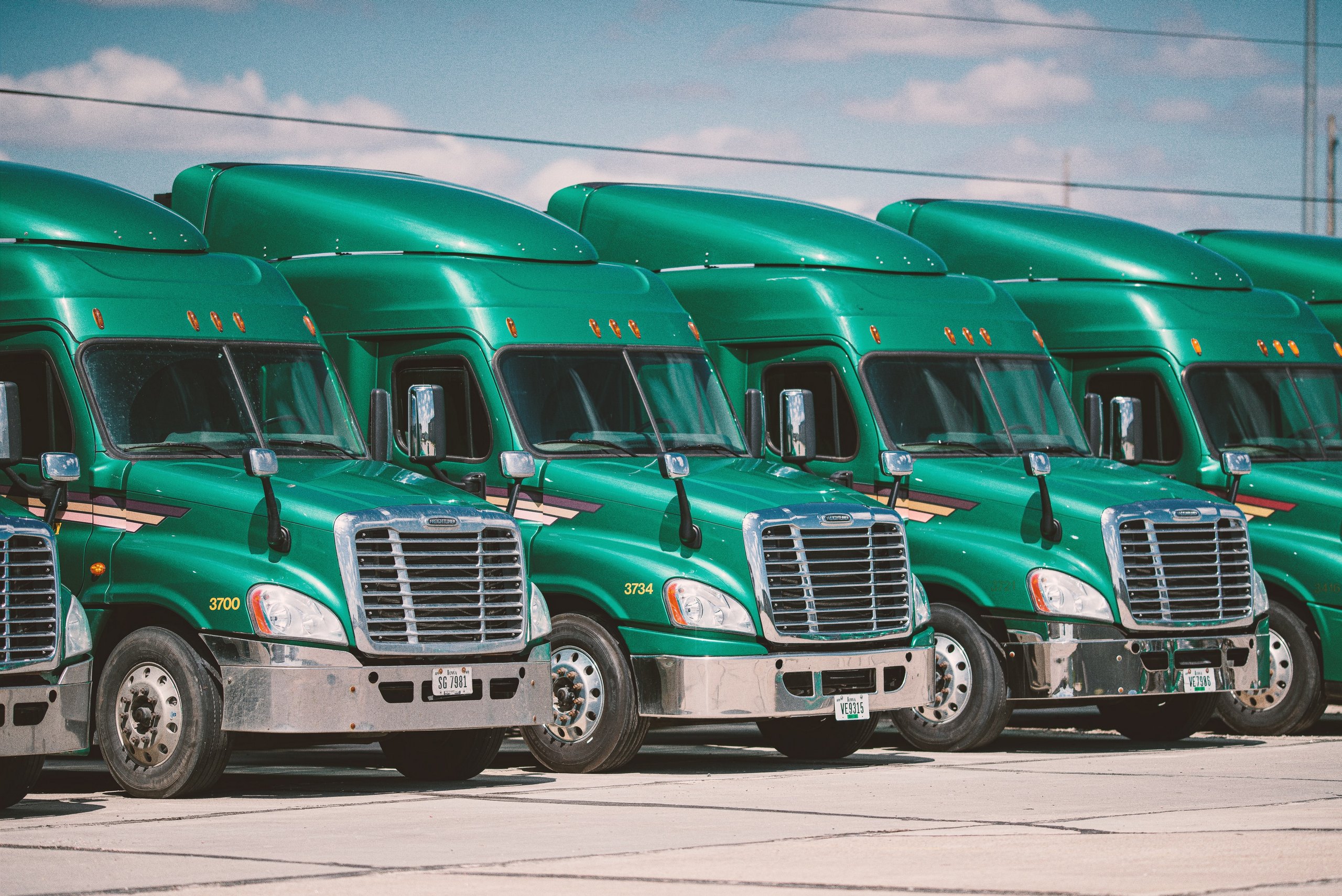Trucking Fleets Expect Strong Growth This Year
Many publicly traded fleets are optimistic about growth this year, saying they expect rate increases ranging from high single digit to low double digits. One carrier even anticipates rate increase percentages in the mid-teens.
As of the beginning of April, analysts were still seeing about a 12-percent differential between spot and contract rates, so those rate forecasts could prove to be true — but rates can change quickly.
Industry analysts are also watching to see how new driver pay increases eat into some of those rate increases, as fleets continue to struggle to find drivers.
There are two sides to this equation:
(1) Demand for freight to be moved, and (2) The ability to supply the equipment to do so.
Supply is tight, but what is cargo demand likely to be?
Despite the slowdown in freight volume that typically occurs after the Christmas holidays, Truckstop.com’s Market Demand Index in mid-February remained at an elevated level of 138, implying a very tight market for spot truck capacity (normal ranges are in the 30 to 40 band). Last month there were 34 container ships waiting to dock at the ports of Los Angeles/Long Beach. This implies that there is still a healthy backlog of product that has already sailed to the U.S. and needs transportation to end markets.
Enjoying our insights?
Subscribe to our newsletter to keep up with the latest industry trends and developments.
Stay InformedIn other words, the markets are likely to continue to be tight over the next several months as retailers continue to restock.
Having said that, with such strange year-over-year comparisons, how does the transportation industry think about a reliable cargo forecast for this year?
Trying to forecast truck tonnage or freight demand is a mosaic approach at best, and with improved analytics, the field of potential data points has become large indeed.
Corporate profits as a data statistic is very important in understanding the business environment. One of the most revealing statistics is S&P 500 earnings, which are easily available and apply to businesses across a broad spectrum of industries. When profits are strong, companies hire more employees, travel and spend on capital and plant, which drives freight demand.
With almost 75 percent of trucks operated by private fleets and local companies, this general economic statistic suggests as good a story as truck-industry-specific profits, and on a more timely basis, analysts said. Currently, the forecast for S&P 500 profits is plus-23 percent on an operating basis. This is growth rate is rare, so cash will be more readily available.
Another equally broad statistic that can provide a real-time, second-level read on the magnitude and direction of freight trends is industrial production. Forecasts suggest it will grow between 3 percent and 4 percent, but this data needs a reliable verification. Most often the answer is rail carloads. Rail carloads lead GDP movements by an average of three to six months and industrial production by three to four months. And rail carloads are reported weekly by the Association of American Railroads, versus a two-month lag for truck tonnage information.
Adjusted rail carload numbers track well with truck tonnage in terms of direction and magnitude. These have a consistent predictive value with industrial production and corporate profits. So the implication for freight volume growth for 2021 is continued positive momentum in the upper-single-digit range. This will likely slow in the second half of the year to the mid-single digits.




















